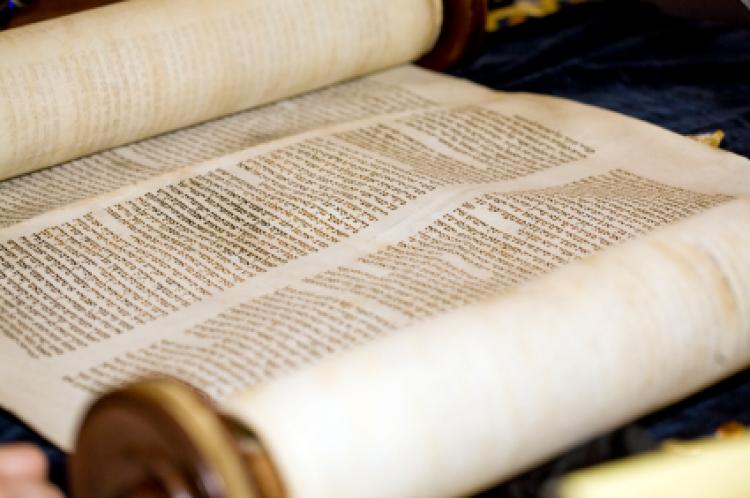The three haftaros of each Shabbos of the three weeks – which are known as the tlasa d’puranusa – are obvious in terms of their connection to the time period. In addition to the basic content, dorshei reshumos have found an allusion in the first word of each one of the three haftaros which are: divrei, shimu, and chazon. Divrei is an allusion to dibur, speech, shimu to shemiah, hearing, and chazon to reiyah, seeing. The idea is that the areas of what we say, what we hear, and what we see, in particular, should garner our focus to correct whatever needs correcting and to avoid whatever must be avoided.
In addition to the connection of the haftaros to the specific time period, we also find in sefarim that the parshiyos hashavua discuss topics that are directly relevant to the theme of these days. Parshas Pinchas, which in the overwhelming majority of years is the first parsha of the three weeks, contains a lengthy description of the korbanos brought throughout the year, which is a focal component that we are missing as a result of still being in a state of galus. Parshas Matos discusses the topic of Eiver HaYarden, and parshas Masei discusses the boundaries of Eretz Yisrael proper. And parshas Devarim mentions the cheit ha’meraglim which occurred on, and was a major catalyst for the destruction of Tisha b’Av.
Mourning is the topic of these days. However, it is not only the specific things that we do or don’t do that should occupy our focus. The connections that we find in the parshiyos hashavua to the time-period of the three weeks are there in order to bring our attention to those things that we are missing. Throughout the year, frankly speaking, it is difficult to live with a sense of lack. How many of us give any real thought to what we are missing because we are still in a state of galus and we do not have a Beis HaMikdash? It’s difficult to live with that sense of lack the whole year. These days of three weeks are an opportunity. An opportunity to attain a connection to the concept of awaiting Hashem’s ultimate salvation – tzipiyah l’yeshuah – which is, of course, one of the very first things each individual will be asked when he arrives in Shamayim after 120. It is easier, during these three weeks, to connect ourselves to the sense of loss and the sense of ongoing lack. What we once had – the grandeur of Eretz Yisrael, Beis HaMikdash, all the miraculous events – and what we are currently missing. Underscoring this point is the fact that roughly 20% of the kinos discuss precisely this theme. The greatness and specialness that we had when Klal Yisrael was in Eretz Yisrael with a Beis HaMikdash and hashraas haShechinah, and the deep sense of yearning and pining to return to that glorious, exalted state. Taking advantage of the opportunity to gain a real connection with this sense of loss and our yearning to regain what we’ve lost comprises the inner avodas ha’nefesh that these days afford us.
Provided courtesy of VayigdalMoshe.com
